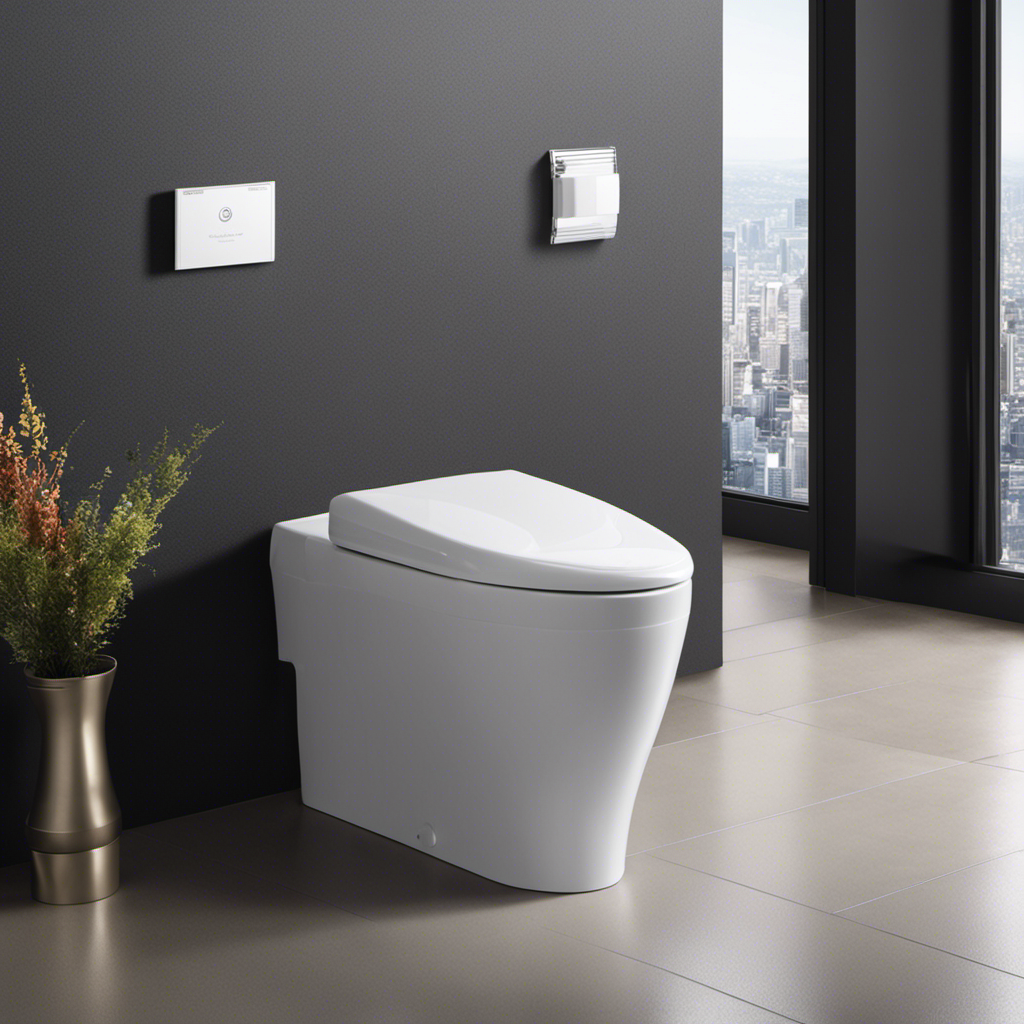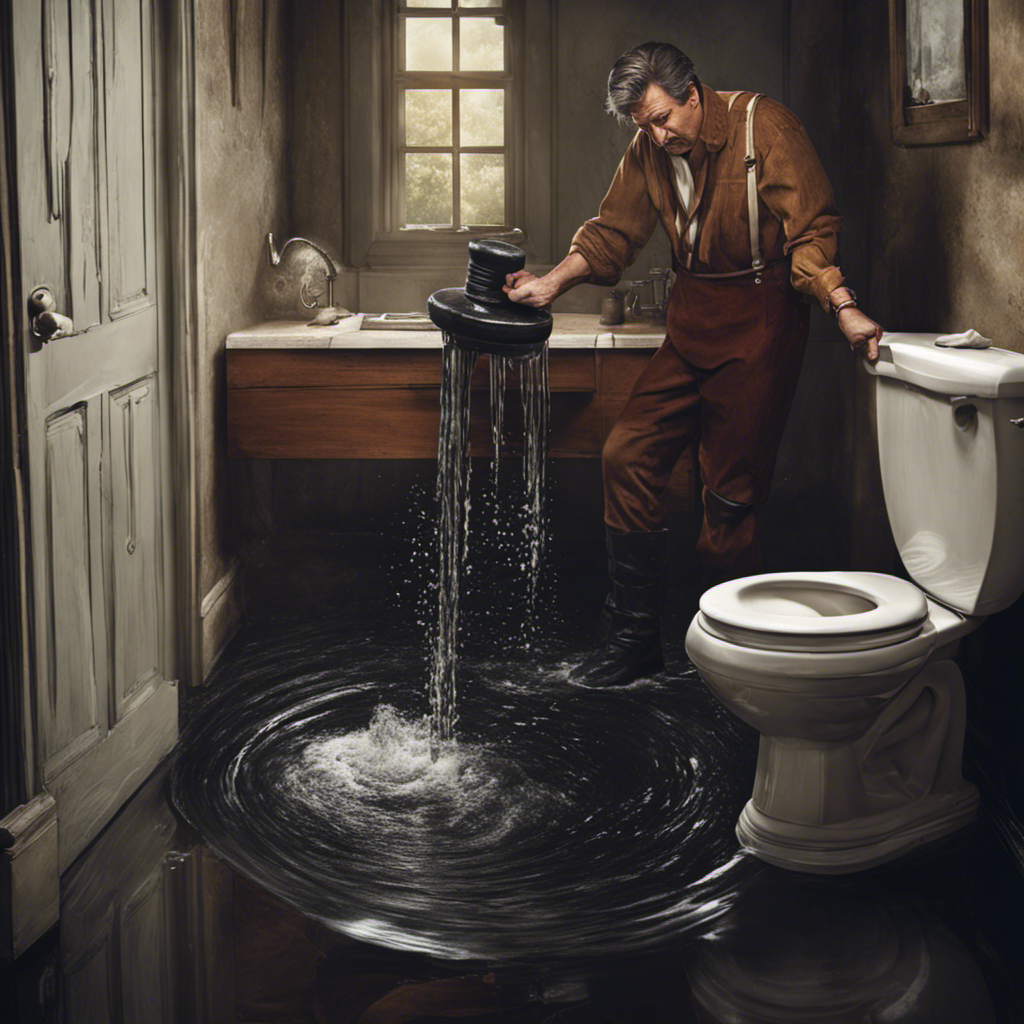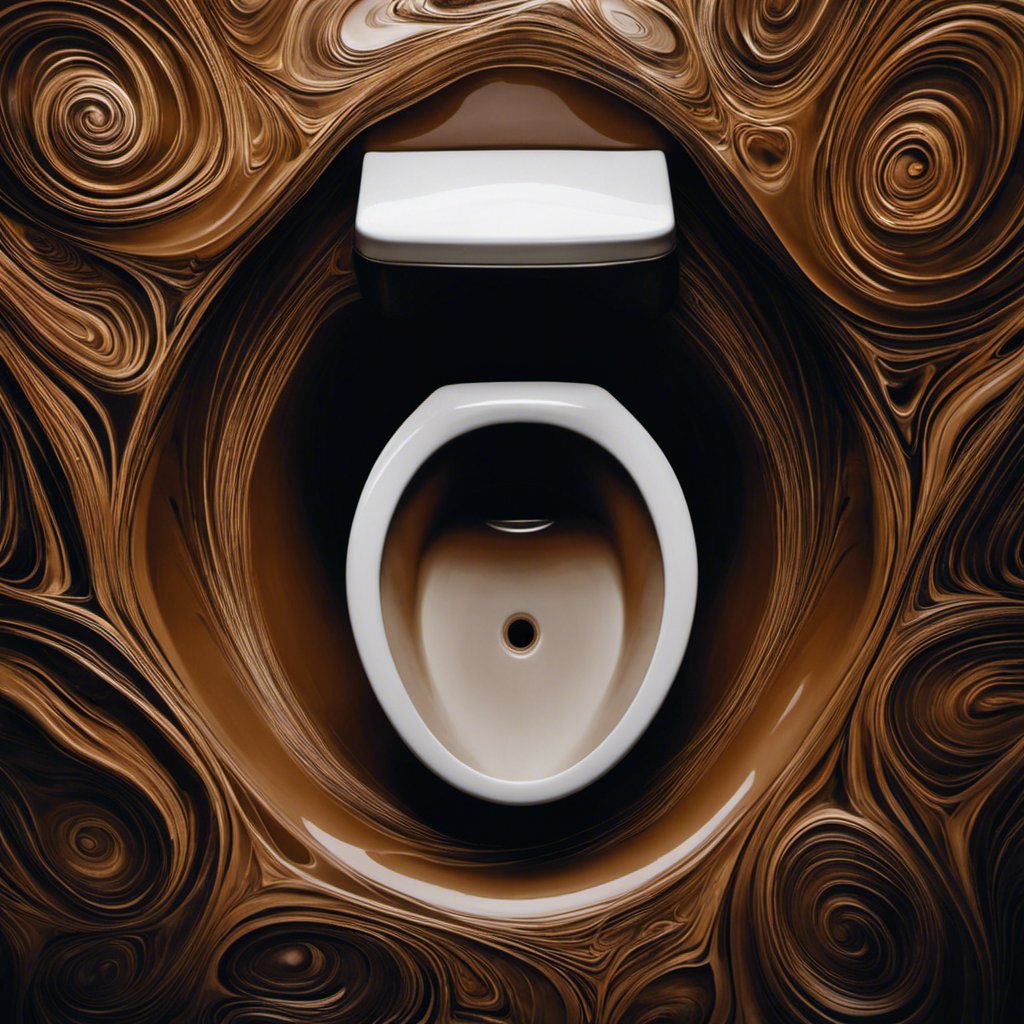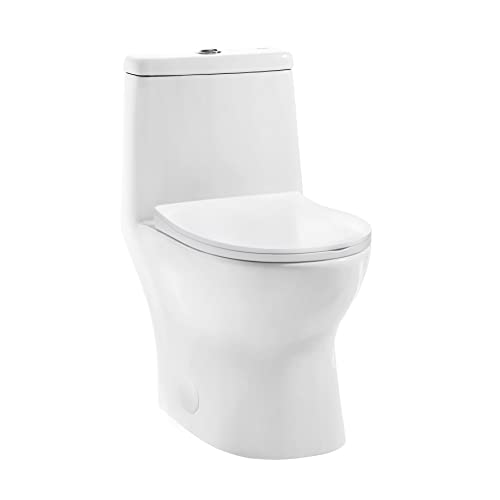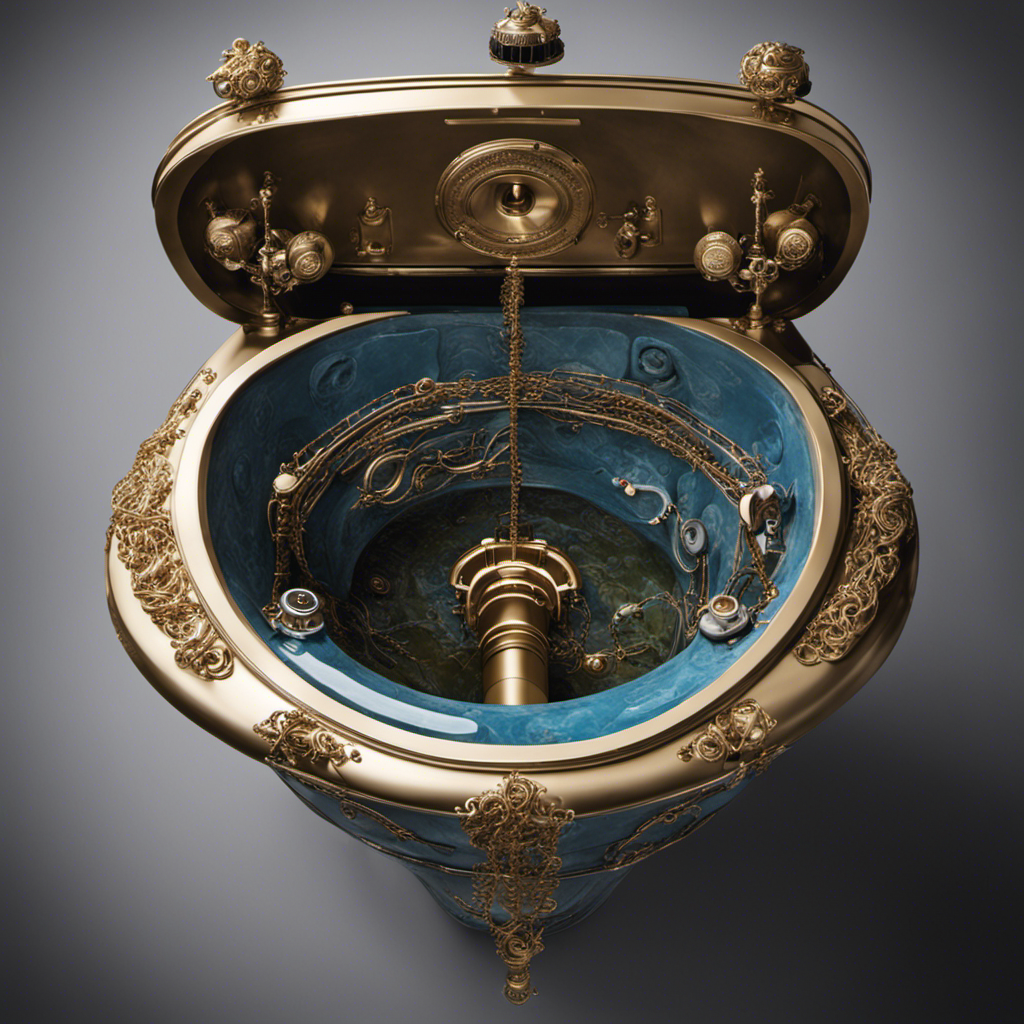I hate it when my toilet runs every few minutes. It’s not just annoying, but it’s also a waste of water.
But don’t worry, I’ve got you covered. In this article, I’ll walk you through the common causes of a running toilet, how to identify one, and the impact it has on your water usage.
Plus, I’ll share some DIY fixes you can try before calling in a professional.
So let’s put an end to that pesky running toilet once and for all!
Key Takeaways
- Faulty flapper or flapper not sealing properly can cause a toilet to run every few minutes.
- A running toilet can lead to increased water usage and higher water bills.
- DIY fixes such as replacing the flapper or adjusting the water level in the tank can often solve the issue.
- If DIY fixes do not work or there are signs of more serious issues, it is recommended to call a professional plumber for accurate diagnosis and necessary repairs.
Common Causes of a Running Toilet
One of the most common causes of a running toilet is a faulty flapper. The flapper is the rubber valve that seals the bottom of the tank and allows water to flow into the bowl when you flush. Over time, the flapper can become worn or misaligned, causing it to not seal properly. This allows water to continuously leak from the tank into the bowl, resulting in a running toilet.
Not only is a running toilet annoying, but it can also significantly increase your water bill. The constant flow of water wastes a substantial amount of water each day.
To fix this issue, you can easily replace the flapper by purchasing a new one from a hardware store and following simple toilet repair instructions.
How to Identify a Running Toilet
To identify a running toilet, you can start by checking if the water is continuously flowing in the tank. If the water level in the tank is constantly rising and falling, or if you hear a hissing sound coming from the tank, then you likely have a running toilet.
Here are some troubleshooting steps you can take to address this issue:
-
Check the flapper valve: Ensure that the flapper valve is properly sealed and not allowing water to leak into the bowl.
-
Inspect the fill valve: Make sure the fill valve is functioning correctly and shutting off the water flow when the tank is full.
-
Adjust the fill valve float: If the water level is too high, adjust the fill valve float to lower it.
-
Replace the fill valve: If the fill valve is damaged or worn out, consider replacing it.
Understanding the Impact of a Running Toilet on Water Usage
Understanding the impact of a running toilet on water usage is crucial for conserving water and reducing utility bills. When a toilet continuously runs, it can waste a significant amount of water. A running toilet can result in hundreds of gallons of water being wasted each day, leading to higher water bills and unnecessary strain on the environment. Water conservation is essential, and fixing a running toilet is a simple yet effective way to contribute to this effort.
Apart from the financial implications, a running toilet can also cause potential damage to the plumbing system. Continuous water flow can lead to leaks or even burst pipes, resulting in costly repairs. Additionally, the constant flow of water can cause water damage to the surrounding area, leading to mold and mildew growth.
To prevent these issues, it is important to address a running toilet promptly. Identifying the cause of the problem, such as a faulty flapper valve or a worn-out fill valve, and making the necessary repairs can significantly reduce water waste and prevent potential damage to the plumbing system.
DIY Fixes for a Running Toilet
Fixing a running toilet can be done easily with a few simple DIY techniques. Here are some toilet maintenance tips and troubleshooting steps you can try:
-
Check the flapper valve: Ensure that the flapper valve is properly sealing the flush valve opening. If it’s worn or damaged, replace it.
-
Adjust the water level: Sometimes, the water level in the tank is too high or too low, causing the toilet to run. Adjust the float to the desired level.
-
Float adjustment: Bend the float arm downwards to lower the water level or upwards to raise it.
-
Fill valve adjustment: Turn the adjustment screw clockwise to decrease the water level or counterclockwise to increase it.
When to Call a Professional for a Running Toilet
If the DIY fixes don’t solve the problem, it might be best to call a professional for your running toilet.
While there are many simple fixes you can try yourself, there are certain signs that indicate a more serious issue that requires professional attention.
One such sign is if the toilet continues to run even after you have tried all the common DIY solutions. This could indicate a problem with the fill valve or the flapper, which might require expert knowledge to fix.
Another sign is if you notice water leaking from the base of the toilet or if the toilet starts making strange noises. These could be indications of a more complex problem, such as a faulty wax seal or a cracked toilet bowl.
In such cases, it is best to call a plumber who can accurately diagnose the issue and provide the necessary repairs.
Frequently Asked Questions
How Much Water Does a Running Toilet Waste on Average?
On average, a running toilet can waste a significant amount of water. It’s important to address this issue to conserve water. By troubleshooting common causes and implementing water conservation tips, we can reduce toilet waste.
Can a Running Toilet Cause Damage to the Plumbing System?
Yes, a running toilet can lead to higher water bills and potentially cause mold growth. The constant flow of water can damage the plumbing system and waste a significant amount of water over time.
Is It Possible to Fix a Running Toilet Without Replacing Any Parts?
Fixing a running toilet without replacing any parts is possible. By adjusting the water level and replacing the flapper, you can address common causes of a running toilet. It’s like fine-tuning an instrument to restore its harmony.
Are There Any Temporary Solutions to Stop a Running Toilet Until a Professional Is Called?
There are some temporary fixes you can try to stop a running toilet until a professional can be called. Common causes include a faulty flapper valve, worn-out fill valve, or an improperly adjusted float.
How Long Does It Usually Take for a Running Toilet to Be Fixed by a Professional Plumber?
It can vary depending on the issue, but a professional plumber typically takes a couple of hours to fix a running toilet. The cost can range from $100 to $500, depending on the repairs needed.
Conclusion
After exploring the common causes and potential fixes for a running toilet, it is clear that this issue can be quite troublesome.
Not only does it waste water, but it can also lead to higher water bills and potential damage to your plumbing system.
By understanding the signs of a running toilet and implementing the DIY fixes mentioned in this article, you can effectively address the problem.
However, in more complex cases, it is advisable to seek professional help to ensure a complete and long-lasting solution.
Just like a skilled conductor leading an orchestra, a professional plumber can bring harmony back to your bathroom.
